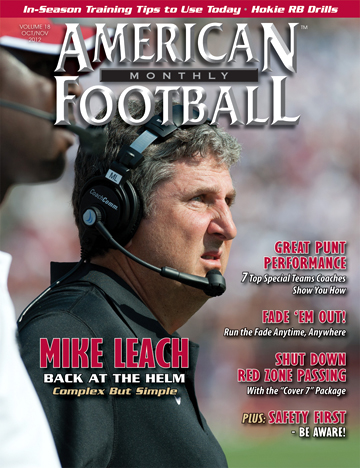Article CategoriesAFM Magazine
|
STAYING SHARP Nine In-Season Training Tipsby: Steve MorrisExplosive Football Training © More from this issue Failure to properly work out during the season will lead to weaker players, more injuries and more losses as the season wears on. Weightroom training during the season confuses many players and coaches. There are so many demands on time and the body that any mistakes made can cause a chain reaction of failures from the weightroom to the field. The old theory of not training at all during the football season is completely out of date. After about 14 days, you can begin to lose strength at the horrendous rate of 5 - 10% per week. For those who don’t like math, that means that everything your players worked so hard for in the off-season will be gone before Thanksgiving. No one wants weaker, injury-prone and less conditioned players going into the playoffs. It is possible to not only maintain but improve str....The full article can only be seen by subscribers.
|
|
|||||||
| HOME |
MAGAZINE |
SUBSCRIBE | ONLINE COLUMNISTS | COACHING VIDEOS |
Copyright 2025, AmericanFootballMonthly.com
All Rights Reserved





